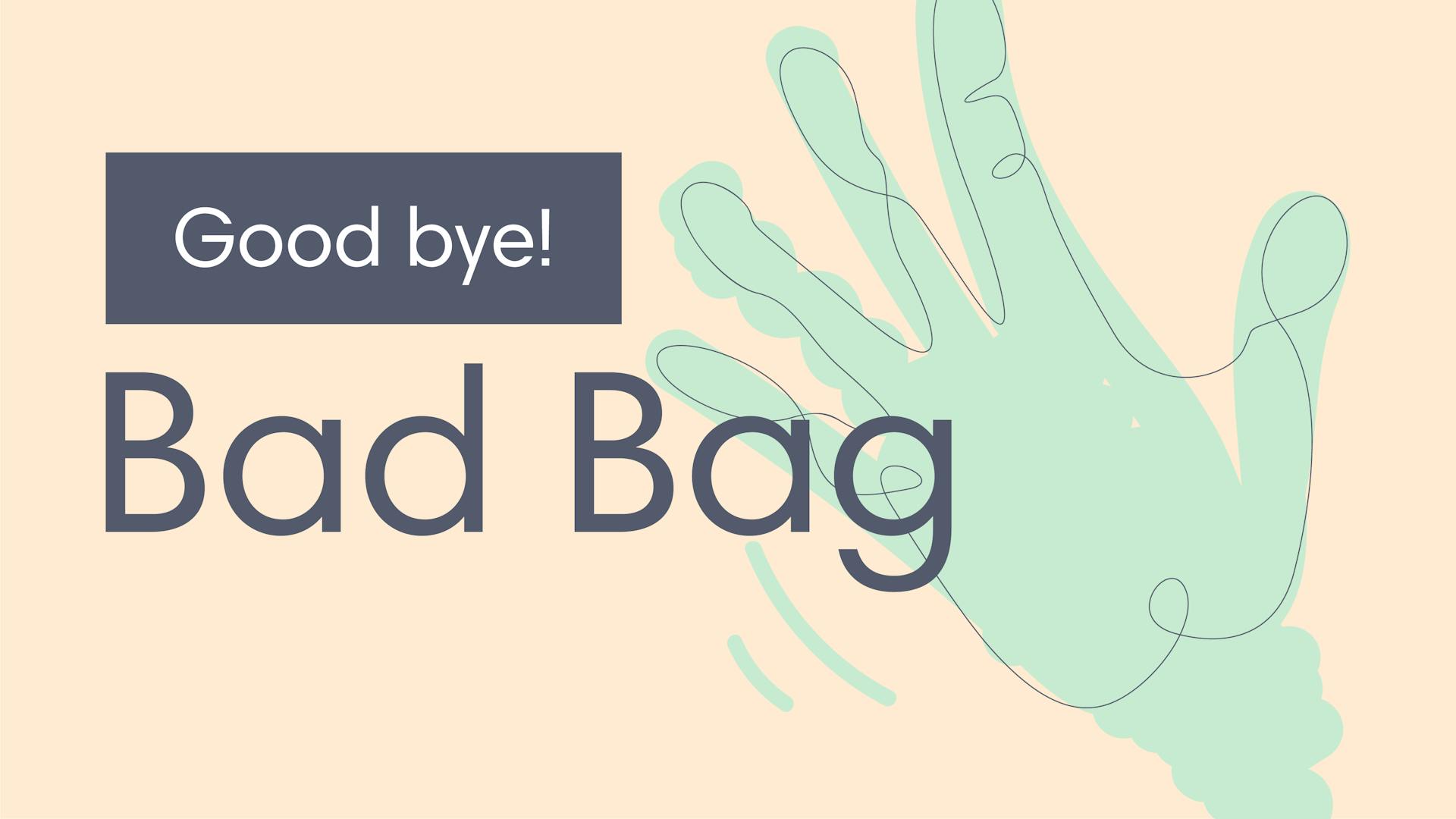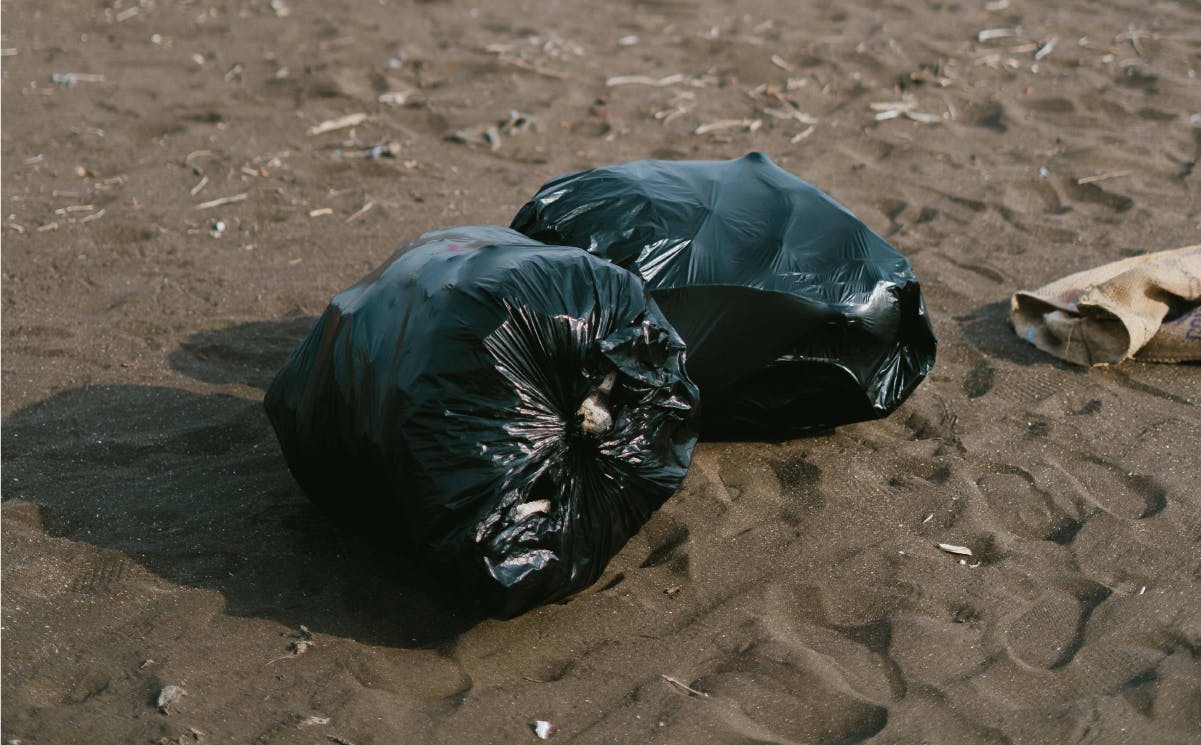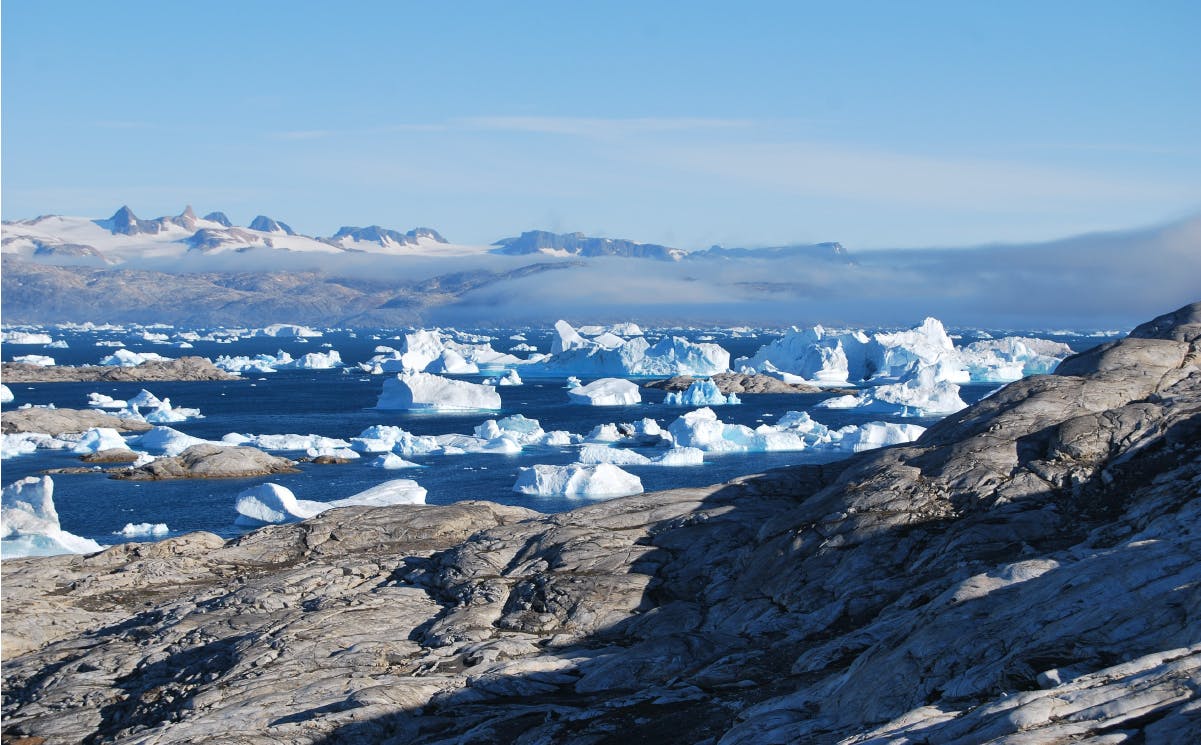#GoodbyeBadBag Saved 4,220 Plastic Bags this Summer
We love snacks. While there’s nothing wrong with that, over 300 people with workday munchies generate a lot of plastic grocery and trash bags.

Sarah Hamid
Before the summer, our team set out to cut down on our negative impact on the environment with our #GoodbyeBadBag campaign. Since June 2019, our office #GoodbyeBadBag movement saved:
- 520 standard plastic grocery bags
- 3700 standard plastic trash bags
Instead of grocery bags, we asked our fresh fruit supplier to use cardboard banana boxes. We also used 100% biodegradable trash bags made from fermented corn starch. While corn-based plastics still biodegrade very slowly, they do not emit toxic fumes when burned. You can read more about corn-based plastics here.
While we are proud of our plastic-free summer at Veriff, we have a long way to go before making any positive impact on the mounting climate crisis. It’s especially hard to boast about our summer initiative when so many environmental catastrophes have taken place in the same timeframe.
Here are just a few.
It’s raining plastic in the US

And here we thought it was raining men.
According to a study conducted by the US Department of the Interior and US Geological Survey, plastic was found in 90% of rainfall samples taken from Denver and Boulder, Colorado. While the plastic was too small to see with the naked eye, the microfiber pieces came in a rainbow of colors with blue being the most common.
Plastic is so prevalent in landfills and bodies of water that the scientists behind the study are unsure of where it came from. Unfortunately, the US isn’t the only place getting plastic from above.
It’s snowing plastic in the Arctic

Another study conducted between Greenland and the Norwegian Arctic Strait by the Alfred Wegener Institute found that considerable amounts of plastic fibers were also found on floating sheets of ice.
The conclusion as to how it got there, according to the study, is snow.
Consider the fact that the Arctic is an unpopulated area. It is shocking (and horrifying) that the wasteful effects of global plastic consumption affect even the remotest areas of the planet.
And while it sounds like a very distant issue, Melanie Bergman, lead author of the published study, says that snow is far from the only element we should be concerned about.
“I think the exposure pathway for us, the main exposure pathway, may be the air that we breathe.”
Yikes.
And the Amazon burned for weeks
While the Amazon Rainforest is intentionally burned every year as a part of deforestation (often to clear land for cattle farming), there were 80% more fires this year than last.
Contrary to thoughts and prayers posts about depleting oxygen levels in an already plastic-ridden atmosphere, the burning Amazon won’t result in less air to breathe. But that doesn’t mean it’s not a big deal. What it demonstrates is a dangerous disregard for the environment, not just in Brazil but all over the world.
Yes, the oxygen levels will be ok for now. But bear in mind that the majority of the world’s oxygen originates in our oceans. Around 8 million pieces of plastic pollution find their way into our oceans every day. While it seems discouraging, that’s a number you can have a direct impact on every day.
Yes, 4,220 fewer plastic bags is not much, but it’s a start. Multiply that by every office in the world and the possibilities are endless.
Interested in career with Veriff? Learn about our people and the application process here.


